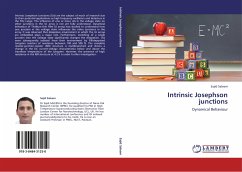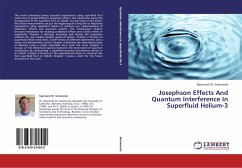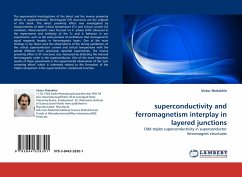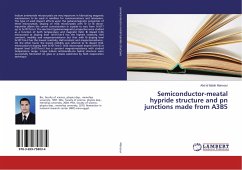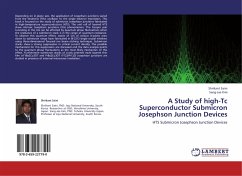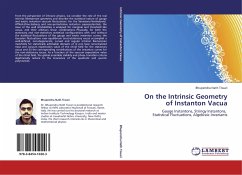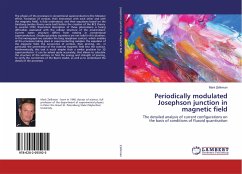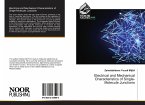Intrinsic Josephson Junctions (IJJs) are the subject of much of research due to their potential applications as high frequency oscillators and detectors in the THz range. The influence of one or more IJJs in the voltage state on other junctions in the IJJ array is not yet fully understood. Dynamical behaviour of Thallium thin fillm IJJ arrays was studied to understand how one junction in the voltage state influences the other junctions in the array. It was observed that dissipative environment in which the IJJ arrays are embedded plays a major role. Furthermore, switching of a single junction into the voltage state significantly changes the dissipation. IJJs were subsequently isolated from their environment by FIB-deposited tungsten resistors of resistance between 100 and 500 . The complete resistor-junction-resistor (RJR) structure is multibranched and shows a change in the DC current-voltage characteristics below and above the transition temperature of the tungsten. However, the presence of high resistance in the RJR structure at 4.2 K is under further investigation.

